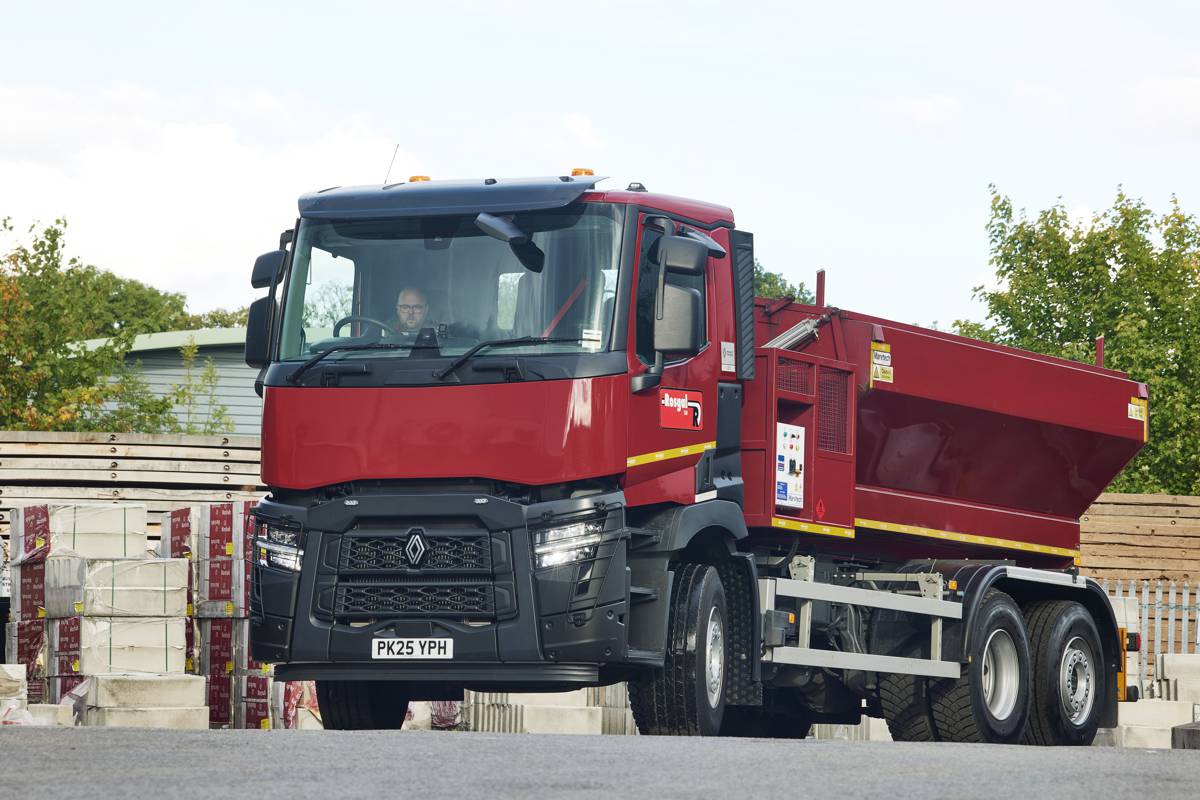Ex-Google engineer starts Built Robotics to disrupt construction
News about self-driving vehicles and automated flying taxi’s keep hitting the headlines and is now set to revolutionise the construction industry.
Building on his experience working on self-driving cars at Google, Noah Ready-Campbell, the CEO and founder of Built Robotics has struck out on his own to develop a high-tech start-up developing autonomous construction equipment.
Built Robotics has a team of 10, who have retrofitted a skid-steer loader to carry out basic earthmoving tasks.
Operating in a geo-fenced area, with the exact area mapped so the robot can operate safely, following precise instructions calculated to fit the environment. “We actually need the machine to excavate with dirt and collide with the environment and do its job.” said Noah, “You’d never want a self-driving car to collide with its environment.”
The San Francisco based start-up has raised US$15 million in funding to commercialise their technology, which could revolutionise the US$130 billion excavator industry.
Inspiration came from working for his father who runs a general contracting company. Noah, said: “I would spend most summers working for him, painting, scrapping, digging up trash – At the time I hated it, and thought ‘I’m never going to do this.’”
“When I first told dad, he reacted pretty negatively. He was like, ‘Why do you want steal these guys jobs’?’” Fortunately, after seeing a demonstration “he’s come around on it”, Noah added.
Autodesk CEO Carl Bass is an investor and Board Member of Built Robotics. His first visit to the start-up was at their headquarters, in a tent, “As somebody who’s seen a lot of start-ups, this one may take the cake as far as the proverbial garage.” With 24 years of construction experience behind him, Carl Bass was impressed with potential productivity gains, cost savings and the concept of retrofitting the technology, he said: “They’re going to people and saying we’re betting, we’ll do it better, and cheaper than anybody else. They’re not going out and saying you have to buy a $40,000 machine from me.”
Bass commented that while all the big construction equipment players, such as Volvo CE, Cat and John Deere are all working on automation, eventually they will have to partner just as the big self-driving car companies are.
Key aspects of automating construction equipment include:
Safety
Fatal injuries amongst excavator operators in the US reached a high of 924 incidents in 2015, according to the US Bureau of Labor Statistics. Noah, said: “It’s monotonous work and can be boring too. There are safety issues. It’s easy to zone out, make mistakes, and over excavate a site… I’ve talked to a lot of operators and owners, and most say this is great.”
“I’ve talked to some operators and they’ve said there are parts of my job that are really dangerous and there are parts that are really boring. If you can have a robot do those things and I can focus on the parts that really take human judgement, then that’s good for me.”
Skilled workers
Despite the demand, in the third quarter of 2017, an estimated 60% of US Construction firms report increasing problems finding skilled workers due to ongoing skilled labour shortages in the US. According to the US Bureau of Labor Statistics, as of February 2017, 200,000 construction jobs were unfilled across the US.
Thomas J. Donohue, president and CEO of the US Chamber, said: “Finding skilled workers remains a challenge for this industry. Our nation must address our workforce challenges to enable the economy to grow.”
It is further estimated that 91% of US Contractors are moderately concerned at the skill levels of their own workforces.
Automation and Productivity
Worldwide, the construction industry is a US$10 trillion industry and struggles with huge waste, skilled worker shortages, and weak productivity. Virtually every other industry sector has embraced technology, digitisation and automation, leaving the construction sector severely lagging behind. This creates a huge vacuum in the market, which companies like Built Robotics are gearing up to fill.
The Practical Challenges
Sensors: One of the biggest challenges for autonomous construction robots, or any self-driving vehicle for that matter are the weather and environmental factors. Construction sites and even roads can be very dirty, muddy, dusty places. Fog, rain, snow and even sand storms all diminish the capabilities of any sensor system, requiring equipment to stop, if it can’t guarantee there are no people in its path.
Vibration: Excessive vibrations from the construction machine will need to be isolated from the sensors, which will have to be rugged enough to withstand the harsh outdoor environment.
CAD/BIM: Using robots will require the contractors to use digitised plans of the site and construction works, supplied from architects or engineers. This data will need be transformed into a map and detailed instructions for the machines. This will create a new specialist industry within the construction industry to support the digitisation process.
Worksites: Initially, robots will most likely be restricted to fixed worksites, such as a building site or a quarry, where access can be restricted and the environment controlled. Public works and highways projects, which go through public areas present additional complications as the worksite is mobile, requiring extra safeguards.
Artificial Intelligence: Construction takes place in a very dynamic environment that is constantly changing as construction progresses, materials are stockpiled up, and weather factors affect the environment. This creates a huge challenge for a software system to map, understand and appreciate the constantly changing space, so until the day comes when an AI is so sophisticated that it can handle that, humans will be needed to manage and oversee the robot’s activities.
A construction equipment operators job won’t disappear, but it will be different.
The future is here…






















